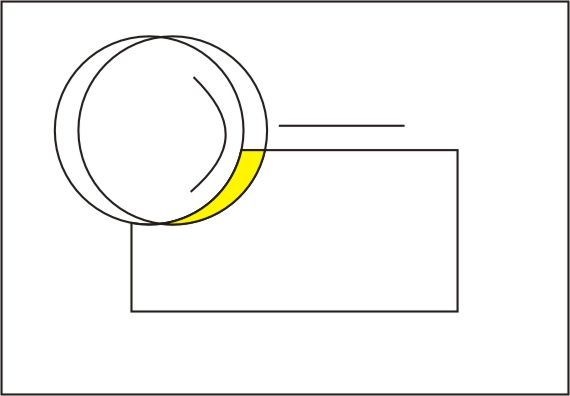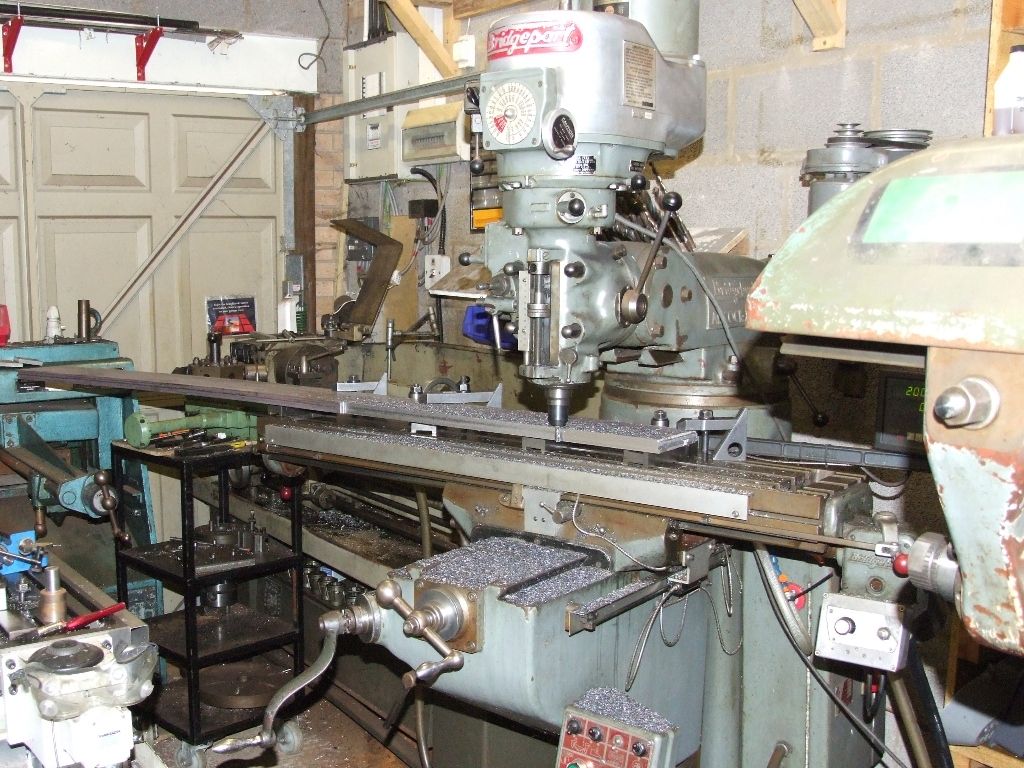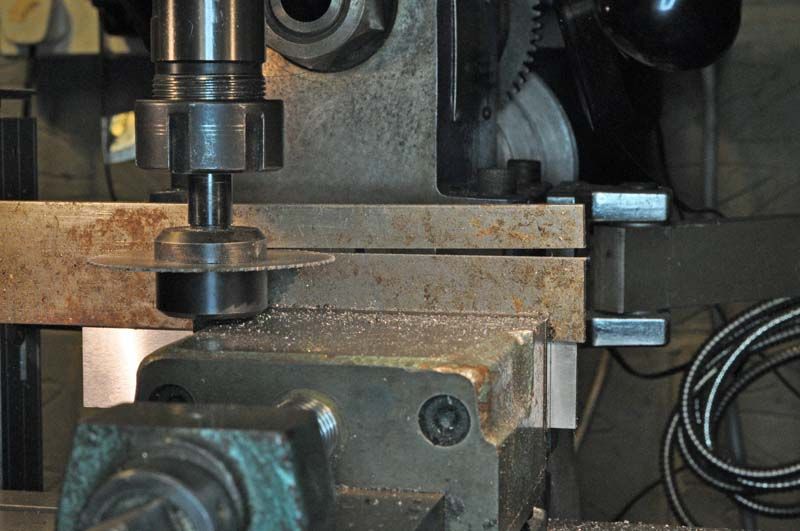Can't say I've ever heard the reason for climb milling to be at the chip exit, but I'm not going to gainsay the Sandvik paper. Another reason given for not using conventional milling is that at the start of the cut, where the depth of cut is very thin, the cutter doesn't actually cut. What happens is that the cutter deflects slightly and rubs the cutting edge on the work until the forces build up and the cutting edge eventually penetrates the work. The rubbing does the cutting edge no good at all, and for those materials that work harden creates a very hard thin layer, which makes it more difficult on the next pass and so on. That information also came from a Sandvik paper.
On the CNC mill I normally used mixed milling for roughing and make the final profile pass climb milling. On the vertical manual mill I use both methods interchangeably. As Murray says once your over about 60% radial cut depth it makes no difference. For small radial depths of cut I normally use a bit less depth for climb milling. Here's an example:

The cutter is 10mm three flute carbide cutting full depth (20mm) per pass. Conventional milling was with a 1mm doc and climb milling was with a 0.5mm doc. No way I'm winding that lot back just to avoid climb milling. The Bridgeport has oodles of backlash, about 15 thou, so if needed I do add a little drag with the table lock. However, I have also found when the cutter does grab It has never broken, at least not so far. Which just goes to show that we're probably pussyfooting around with small feedrates.
I do not climb mill on the horizontal mill, despite the fact that it has a proper backlash adjuster, although it doesn't seem to work. Given that the table probably weighs 400+lbs I'm disinclined to take it off to see why.
One material where climb milling most definitely doesn't result in a better finish is plastic.
I always use keys when horizontal milling, irrespective of the type of cutter. I cut under power feed so in the event of a jam I'm not going to able to knock the power off quickly anyway.
Nobody seems to have mentioned a rather more fundamental problem with set up shown. The slitting saw is fine tooth, but is cutting a thick piece of material. That is just asking for the gullets to fill, jam the cutter and bang, a shattered cutter. Much better to use a coarse tooth slitting saw that is designed to take deep depths of cut.
For the record I am not offering to write an article; much too controversial. 
Andrew
Emgee.








